By Erika Segerson-Mueller, DNR Invasive Plant Program Specialist, Oshkosh Service Center;
erika.segersonmueller@wisconsin.gov or 715-492-0391
With 10 thistle species present in Wisconsin, it can be tricky to determine which thistle is which. You may be tempted to control every thistle you see, assuming all types are invasive. But Wisconsin also has native thistles that provide valuable habitat and food for small birds and butterflies.
Thistles are either biennials (following a two-year life cycle) or perennials (regrowing every spring). They have lobed, spiny leaves and sometimes spiny stems. Thistles have composite flowers, with each flowerhead being composed of many tiny flowers, or florets.
Read on a for an overview of invasive thistles found in Wisconsin so you can stop wondering: Which thistle is this thistle? Continue reading “Which Thistle Is This Thistle?”

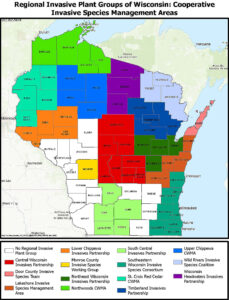 When it comes to fighting invasive plants,
When it comes to fighting invasive plants, 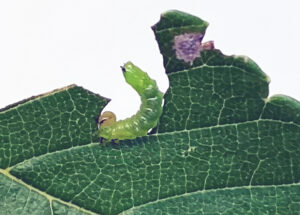
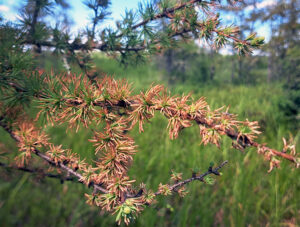
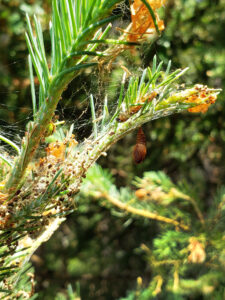
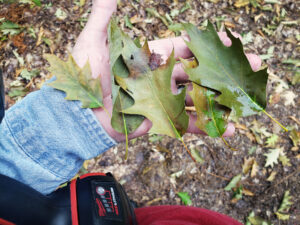
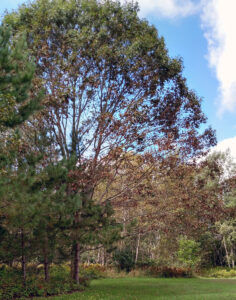
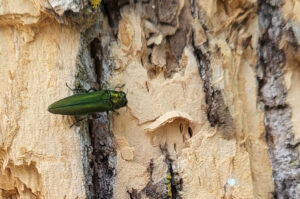
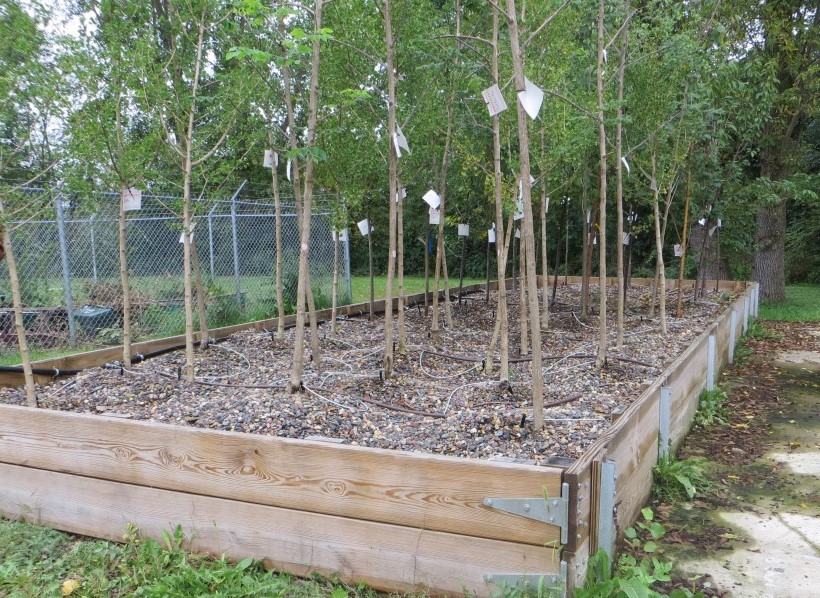 Join us for a two-part workshop on the value and uses of bare root trees and how to use gravel beds to hold and maintain bare root stock before it is planted. Part one will be delivered via Zoom on Friday, Sept. 20. Part two will be an in-person field day visit to an operating gravel bed. You will select one of the six locations around the state during registration. ISA CEUs will be available for both parts.
Join us for a two-part workshop on the value and uses of bare root trees and how to use gravel beds to hold and maintain bare root stock before it is planted. Part one will be delivered via Zoom on Friday, Sept. 20. Part two will be an in-person field day visit to an operating gravel bed. You will select one of the six locations around the state during registration. ISA CEUs will be available for both parts.